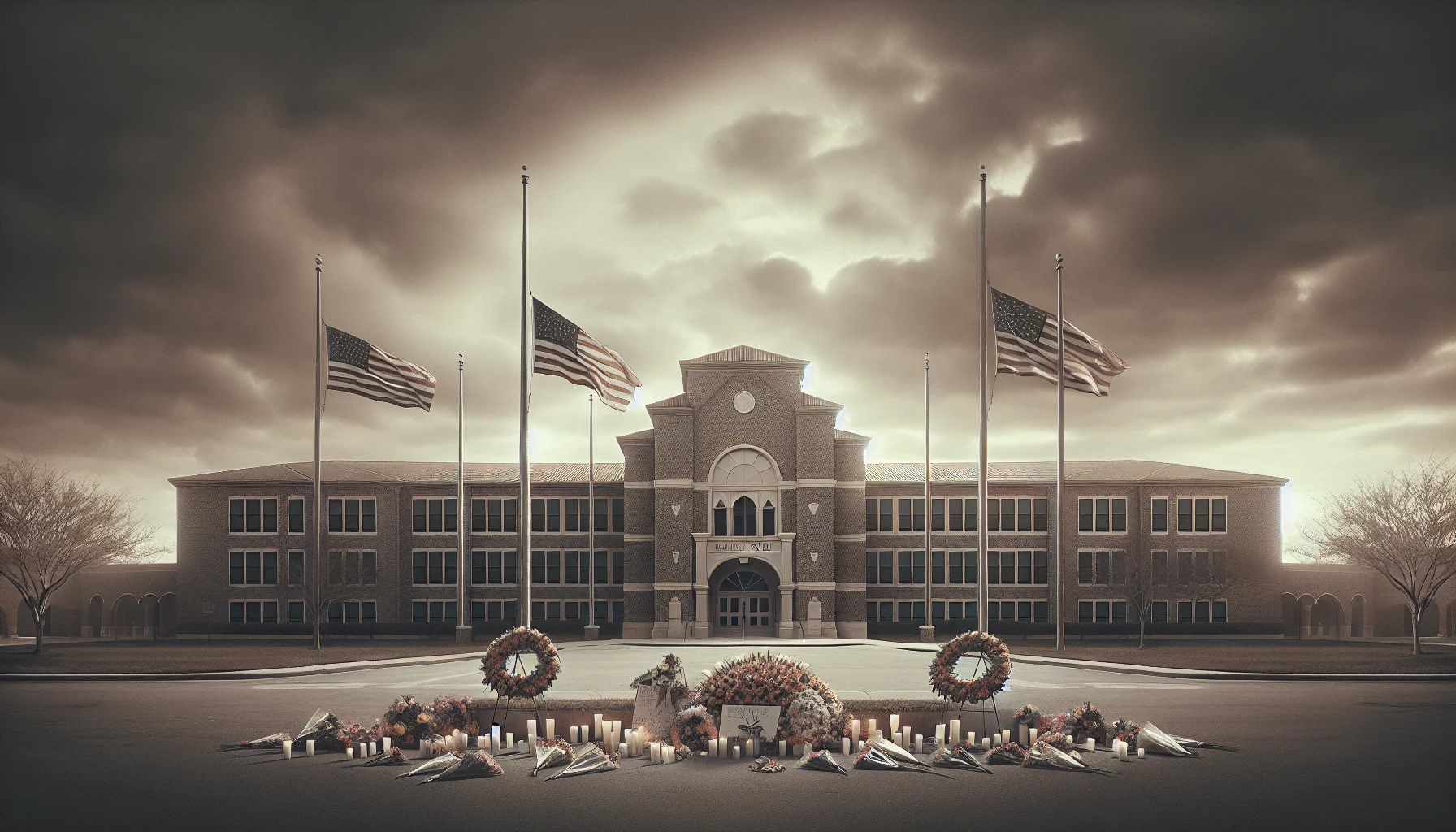
Stoneman Douglas High School Shooting
by: The Calamity Calendar Team
February 14, 2018
A Day of Tragedy
On a day typically marked by expressions of affection and love, the serenity of Stoneman Douglas High School in Parkland, Florida, was shattered. February 14, 2018, etched itself into the annals of American history not for the Valentine’s festivities students may have anticipated, but for the tragedy that unfolded in its hallways. Just as the day's classes were winding down, a former student known to many, Nikolas Cruz, entered the campus, setting in motion one of the deadliest school shootings in U.S. history.
The Quiet Before the Storm
Before that fateful day, Cruz's journey seemed a recipe for disaster looming on the horizon. At 19 years old, Cruz was familiar with the walls of Stoneman Douglas, but not for good reasons. Expelled for disciplinary issues, his behavior often brought him into the line of sight of both local law enforcement and the Federal Bureau of Investigation. Even with his troubled history, Cruz managed to legally purchase an AR-15 style rifle more than a year before the incident, underscoring significant lapses in addressing background checks and warnings.
A Chilling Timeline
2:19 PM: The school’s atmosphere had quietly settled into its afternoon routine. But as Cruz stepped out of an Uber vehicle, carrying a rifle case and a backpack, anxiety crept over the campus like a shadow. For students and staff, another typical school day was rapidly becoming anything but normal.
2:21 PM: Without warning, Cruz began his attack. The sounds of gunfire reverberated through the first-floor hallway of Building 12. Chaos erupted as screams echoed, followed by the frenzied rush of feet pounding pavements in frantic escape.
2:22 PM: As the reality of the horror settled in, the first terrified call to 911 was made, sending a stream of emergency responders racing towards the school.
2:27 PM: Cruz made his way to the second floor, continuing his rampage. Yet amidst the tumult, remarkably, he caused no further bodily harm.
Thanks for subscribing!
2:31 PM: Ascending to the third floor, Cruz manually triggered the fire alarm. What was designed to save lives in the event of a fire instead compounded the chaos, herding students into hallways amidst uncertainty and fear.
2:35 PM: With his assault leaving death and injury in its wake, Cruz abandoned his weaponry in a last-ditch attempt to vanish within the frantic crowd of fleeing students.
The Aftermath of Horror
The immediate aftermath of the attack revealed the devastating toll: Seventeen lives were tragically cut short, and an equal number were left wounded, their lives irrevocably altered. It was a scene of haunting devastation, with a community paralysed by grief and disbelief.
In Parkland and beyond, the shockwaves of the atrocity unnerved parents, educators, and students nationwide. Vigils were held, and flowers were laid amidst flickering candles at makeshift memorials, a poignant token of remembrance and lament. The incident illuminated deep fissures in the national dialogue surrounding gun control, sparking an impassioned outcry.
Mobilizing for Change
The ferocity of public response unfolded predominantly through the voices of those most directly affected—the students. Their rallying cry, encapsulated by the formation of the "March for Our Lives" movement, reverberated across the country. Thousands marched, chanting for legislative change, determined to prevent future tragedies.
Policy responses soon followed the public outcry. The state of Florida enacted the "Marjory Stoneman Douglas High School Public Safety Act," striving to tighten firearm regulations and enhance school safety measures. Federally, the "STOP School Violence Act" emerged, aimed at fortifying school security and proactive violence prevention strategies.
Resolution and Reflection
In October 2021, a haunting silence punctuated the courtroom as Nikolas Cruz entered a guilty plea for all charges—including 17 counts of murder and 17 of attempted murder. The courtroom proceedings that might have stretched over months were circumvented, promising a semblance of closure for the impacted families.
Still, the reverberations of the Stoneman Douglas High School shooting linger in collective memory. It remains a catalyst for essential discussions on systemic invitations to violence, roots of mental health issues, and the gun control debate—a conversation still fervently underway as America seeks to navigate the complexities of security, freedom, and human life.
In reflection of that day, the name Stoneman Douglas is no longer solely associated with academia or standard school life. Instead, it is emblematic of a profound loss and serves as a pivotal point in the larger journey towards reform and understanding—a sensitive reminder of a call for peace and security within American schools.
Stay in the Loop!
Become a Calamity Insider and get exclusive Calamity Calendar updates delivered straight to your inbox.
Thanks! You're now subscribed.